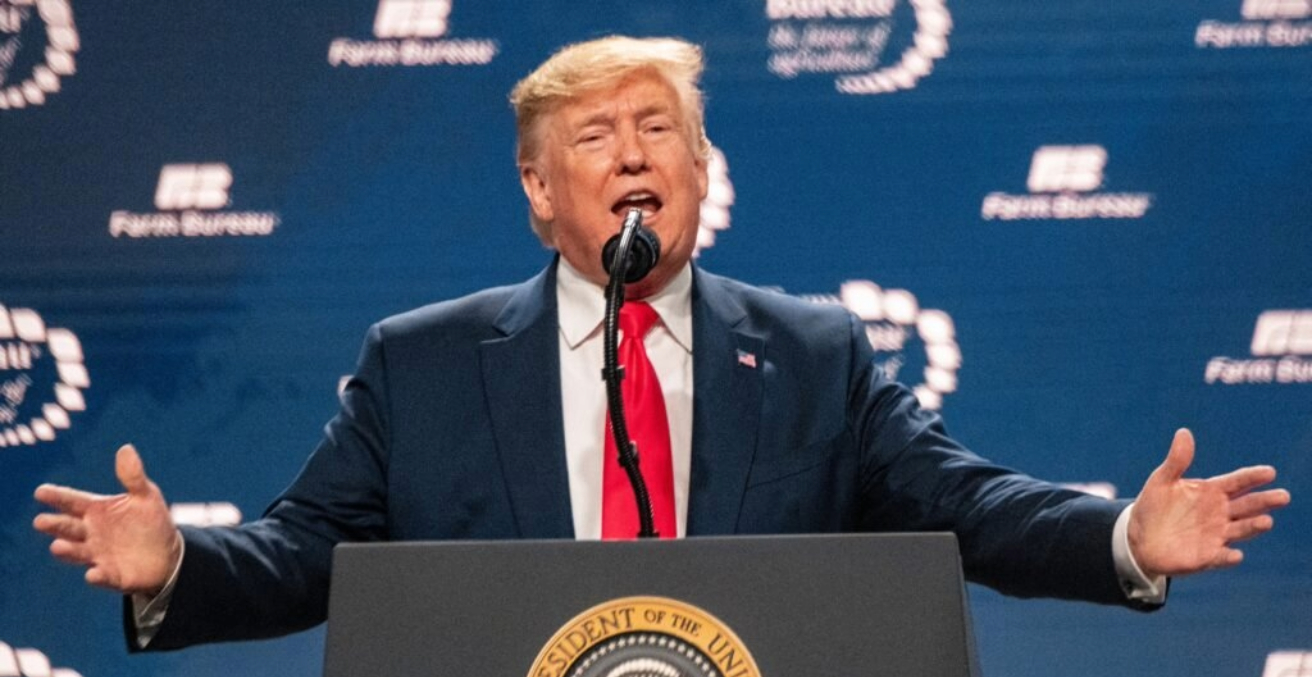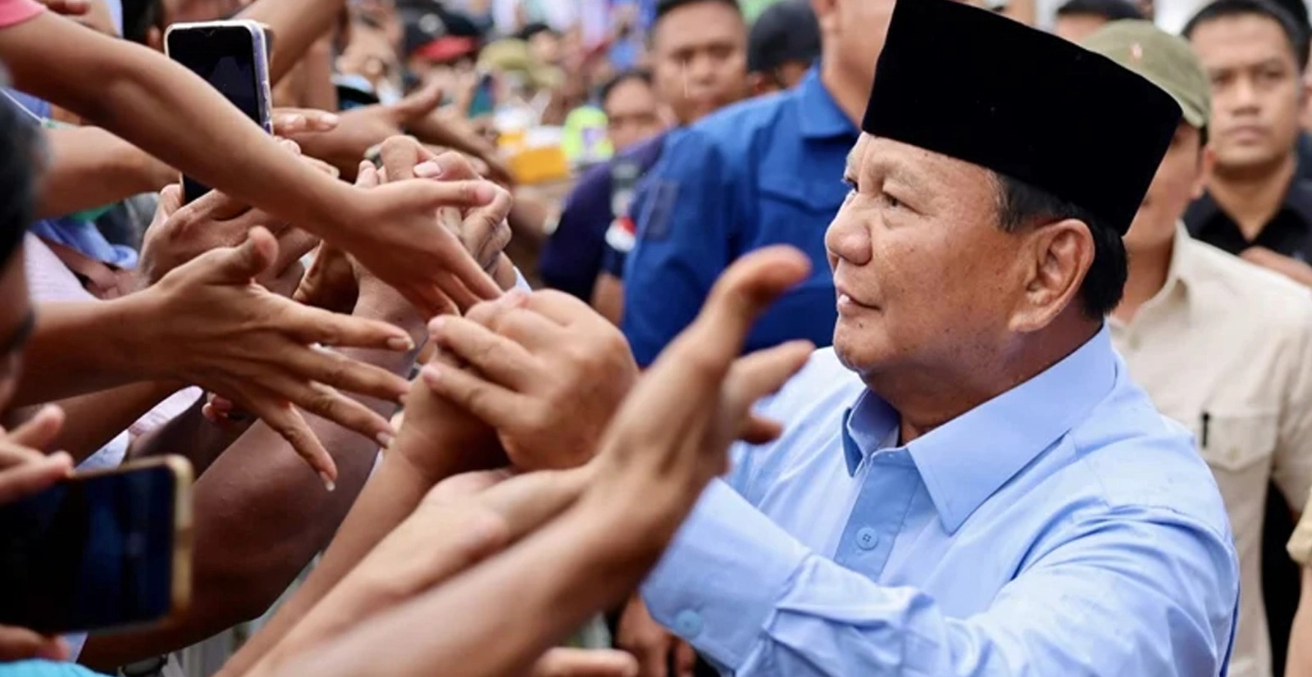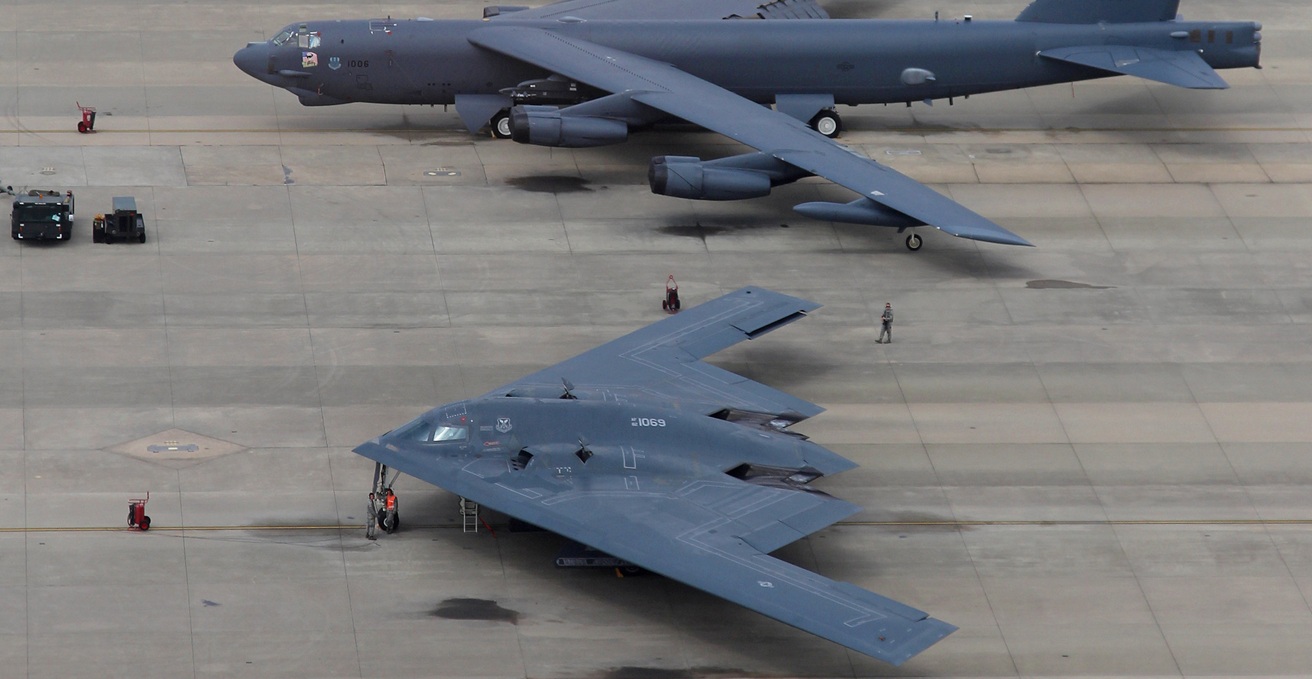Isaac Saney offers an authoritative account of Cuba’s role in liberating Namibia and South Africa that is centred on the battle of Cuito Cuanavale (1987-1988). With skilful attention to detail and a meticulous use of sources, the book exposes the full breath of Cuba’s internationalism and updates the historical and symbolic ties between the Caribbean island and the African continent.
The relationship of revolutionary Cuba with the anti-colonial struggles waged in Africa offers a fascinating field of study where the major political stakes of the day are deployed: South-South solidarity in the midst of the Cold War and the struggle to end colonialism and racial discrimination. Such an approach contributes to decentring liberation narratives from a North-South entanglement toward a South-South joint initiative to freeing people and territories from white minority regimes and colonial domination. While a number of very good books study Cuba’s internationalist engagement in Africa, Isaac Saney provides a detailed description and analysis of the Battle of Cuito Cuanavale and the subsequent military developments. Saney examines its impact and repercussions in Namibia and the South African society of the 1970s and 1980s, firmly establishing how it led to the dissolution of the Apartheid Regime.
Published in 2023, Cuba, Africa, and Apartheid’s End engages with political and military history and mobilises a vast array of primary sources. Saney has collected, read and analysed numerous sources: including major Western newspapers, South African newspapers (that were submitted to extensive censorship), publications of Anti-apartheid organisations, archival and official documents, oral history interviews, and memoirs, as well as cultural products such as films and novels. It would have been helpful to distinguish in the bibliography. A limitation that the author acknowledges from the onset of the book is the absence of voices from Angola, the country where the battle under study was waged. The significance of Cuba’s engagement for Angola’s nation-building is not fully addressed here and deserves another research.
The book is structured in eight chapters that can be summarised in three key points. Chapters 1 and 2 set the stage for the battle of Cuito Cuanavale The author explains the structuring role of internationalism for Cuba’s revolutionary regime, and its contribution to shaping a “Global South,” from its enthusiastic ambition and its practice of struggle to its demise by the end of the late 1980s. As such, Cuba’s internationalist military mission in Angola represented what Saney calls the “translation into praxis” of its commitment to Third World national liberation, social emancipation, and Tricontinentalism – or a shift from discourse to action.
South Africa in the mid-1970s was shaped by the interconnectedness of external struggle, including the invasion of Angola, and internal struggle in relation to the numerous acts of rebellion and resistance against Apartheid, as illustrated by the Soweto uprising. The South African state structure was increasingly militarized, with authorities implementing a “total strategy” of intensified repression. It is in this context that Cuba launched its 1975 military intervention called Operation Carlota in Angola. Saney demonstrates that contrary to the idea that Cuba was merely an instrument of the Soviet Union’s foreign policy, the Kremlin had no role in Cuba’s decision to dispatch combat troops to Angola.
Chapters 3 and 4 take the reader on the road to Cuito Cuanavale and into the heart of this battle waged over three main attacks between 1987-1988. For South Africa, Angola was really a threat to its control of Namibia, and several short-term actions and military invasions established the presence of the South African Defense Force (SADF) in Angola. The offensive of Angolan forces (FAPLA) was halted in Cuito Cuanavale, a town that had strategic significance for the patrolling of southern Angola. Havana decided to intervene and a dramatic increase in troops and materials occurred in December 1987. With the Cubans taking over the military command, readjustments were made on the ground, and Pretoria effectively lost the three main encounters constituting the battle of Cuito Cuanavale. Here, the author efficiently navigates between adverse sources, war lies and silences, and official and unofficial statements by the various parties involved. He provides an exhaustive narrative of the movement of troops and of the defensive lines, the battalions and weapons involved, and the different steps constituting a ground and air battle in an over-mined territory. A detailed map of Cuito Cuanavale would have been welcomed by the reader.
Chapters 5, 6 and 7 dwell extensively on the aftermath of the battle of Cuito Cuanavale. The author brings new evidence and convincingly demonstrates that the Cuban-Angolan victory and the South African defeat in Cuito Cuanavale transformed the regional balance of military power. Major subsequent events were determined by the outcome of this battle. Saney shows that the independence of Namibia and the change of regime in South Africa were consequences of the outcome of the battle of Cuito Cuanavale. He does so without losing track neither of the international context, that is the US and Israel support to the South African regime and the global anti-Apartheid relentless pressure; nor of the national dissensions exposing South African vulnerability, human losses and economic difficulties. Cuito Cuanavale was a catalyst precipitating the end of the Botha regime and leading to F. W. de Klerk’s rise to power, making it more consequential for the end of Apartheid than generally acknowledged.
In a last short chapter 8, Saney reflects on the significance of Cuito Cuanavale for Cuba and for the discourse centring on the interconnections between Africa and the African Diaspora. Cuba has mythologised its role in Angola and Cuito Cuanavale in particular. An integral part of the Cuban national narrative is its fortified belief in the Revolution’s relevance and legitimacy in a different period than the one that saw its birth. Interestingly, Saney suggests that a consequence of Cuba’s extensive involvement with African anti-colonial and national liberation struggles contributed to breaking the silence on race within Cuba and opened the space for the discussion of racial discrimination and racism within Cuba. Finally, this book offers a good example of the importance of the historian’s meticulous craft, as well as the significance of the Africa – Diaspora relationship and its Pan African ambition to our understanding of today’s world.
Dr Giulia Bonacci is a historian, researcher at Institute of Research for Sustainable Development (IRD), and she is posted at Research Unit Migration & Society (URMIS), Université Côte d’Azur, France. She is co-editor with A. Delmas and K. Argyriadis of “Cuba and Africa, 1959-1994. Writing and Alternative Atlantic History” (Wits University Press).
This review is published under a Creative Commons License and may be republished with attribution.




